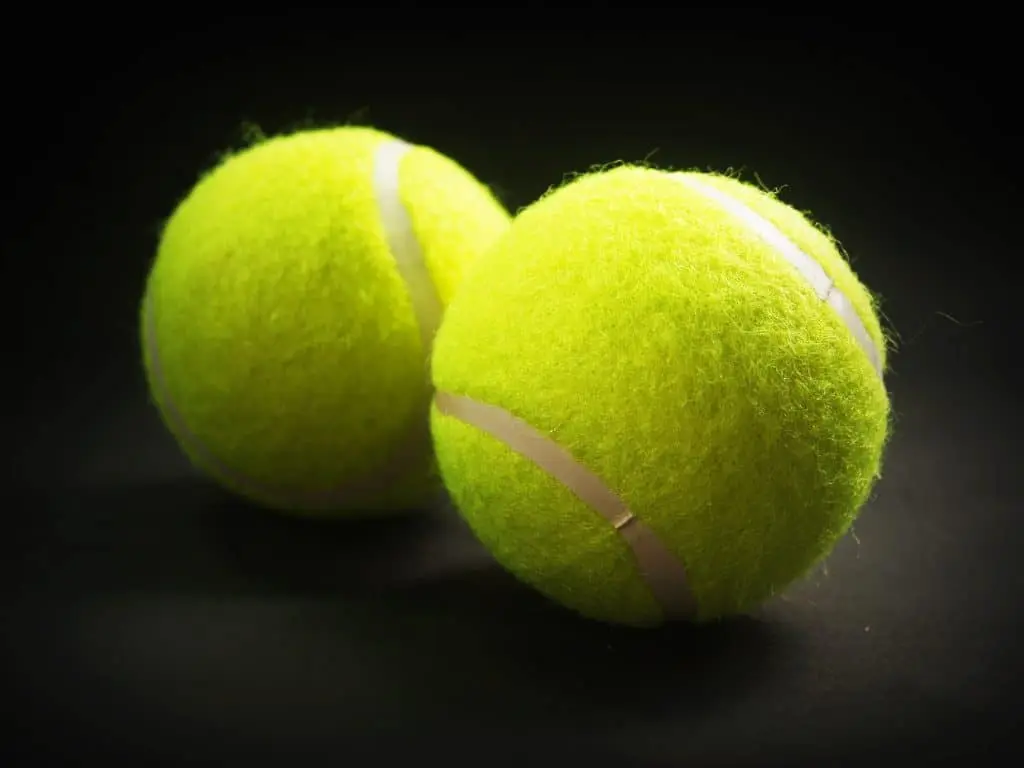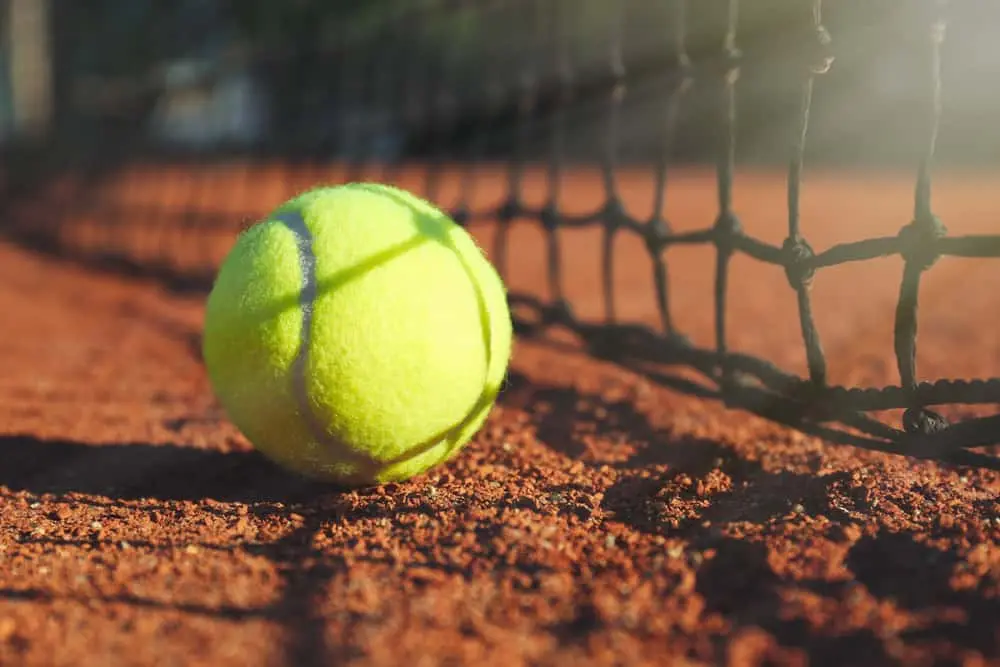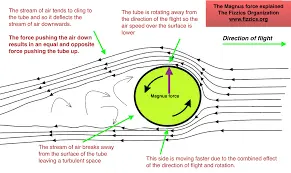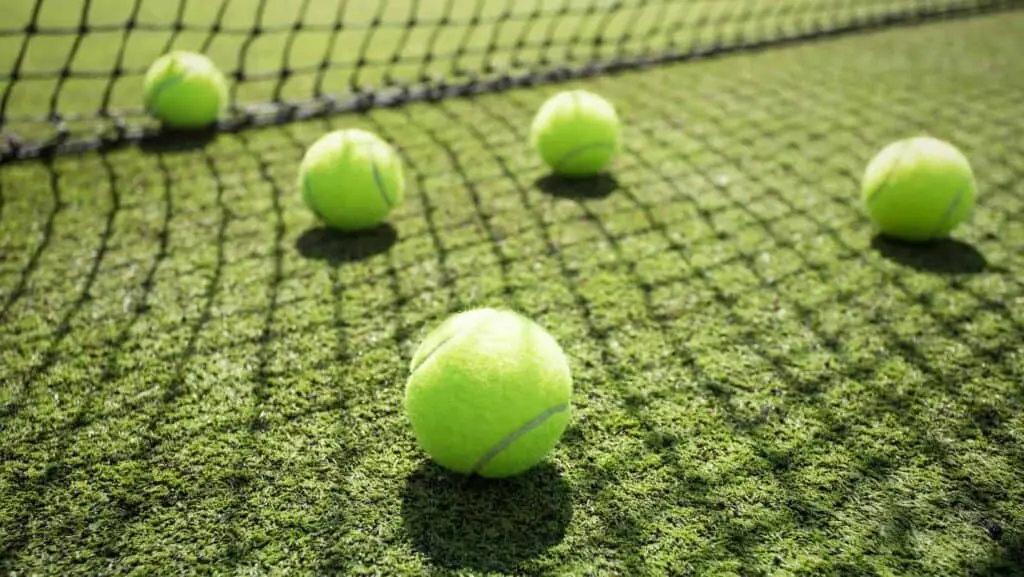Why Are Tennis Balls Fuzzy? Benefit And Science Behind It
Tennis is a popular sport enjoyed by millions of people around the world. One essential component of the game is the tennis ball. If you’ve ever held or played with a tennis ball, you may have noticed its unique fuzzy texture. But have you ever wondered why tennis balls are fuzzy?
In this blog post, we will explore the reasons behind the fuzziness of tennis balls and how it affects the game. By understanding the composition and function of the fuzz, we can gain a deeper appreciation for this seemingly simple yet crucial aspect of tennis. So, let’s dive in and uncover the secrets behind the fuzzy tennis ball!
Composition of Tennis Balls
Tennis balls are made up of different materials that contribute to their unique characteristics. Let’s take a closer look at what tennis balls are made of:
Outer covering
The outer covering of a tennis ball is typically made of rubber. This rubber shell provides durability and helps maintain the ball’s shape during gameplay.
Fuzz on the outer covering
The fuzzy texture of tennis balls comes from a layer of tiny fibers that cover the rubber surface. These fibers are usually make from materials like wool or nylon.

The purpose of the fuzz is not just for looks; it serves important functions in the game of tennis. In the next section, we will explore the role of the fuzz and how it affects gameplay.
The Fuzz on Tennis Balls
Have you ever wondered why tennis balls have that fuzzy covering? The fuzz on a tennis ball serves important functions during gameplay. It enhances the ball’s aerodynamics, allowing players to control its speed and trajectory. The fuzz also provides players with improved grip, enabling better control and spin on the ball.
The fuzz is make up of tiny fibers, usually from materials like wool or nylon. It creates resistance against the air when the ball is hit, affecting its flight. This resistance helps players make accurate shots. When the ball interacts with the strings of the tennis racket, the fuzzy surface creates friction, enhancing grip and control.
Over time, manufacturers have improved the durability and performance of the fuzz by using synthetic materials like nylon. This evolution has made tennis balls more consistent and long-lasting.
Related To: Top 10 Best 4e Tennis Shoes
Related To: How Tennis Has Evolved Over The Years
Evolution of Tennis Balls
Tennis balls have undergone significant changes throughout history, leading to the modern-day balls we use in the sport. Let’s explore the evolution of tennis balls in easy English:
Early Tennis Balls
In the early days of tennis, balls were make with various materials such as leather, cloth, or even stuffed animal bladders. These balls lacked consistency and durability, making gameplay challenging.
Introduction of Rubber
The introduction of rubber in the 19th century revolutionized tennis ball production. Rubber provided a more consistent bounce and improved durability, making the game more enjoyable.
Development of the Modern Tennis Ball
Over time, manufacturers refined the design of tennis balls. They added an outer covering made of rubber to encase the pressurized air inside. This design allowed for better control and bounce during gameplay.
Fuzz on Tennis Balls
The addition of fuzz to tennis balls came later. Initially, balls were smooth, but players and manufacturers realized that adding a layer of fuzz improved aerodynamics, grip, and overall performance.
Synthetic Materials
As technology advanced, synthetic materials like nylon replaced natural fibers for the fuzz on tennis balls. These materials offered increased durability, consistency, and performance.
Specialized Balls
Today, there are specialize tennis balls design for different playing surfaces, such as clay, grass, or hard courts. These balls have specific characteristics to optimize gameplay on each surface.

The evolution of tennis balls has resulted in improved consistency, durability, and performance. Manufacturers continue to innovate, exploring new materials and technologies to enhance the game and provide players with the best possible experience on the court.
How Does the Fuzz on a Tennis Ball Help?
The fuzz on a tennis ball serves several important purposes in the game. Here’s how it helps:
Enhanced Aerodynamics
The fuzz creates resistance against the air when the ball is in motion. This resistance affects the ball’s speed and trajectory, allowing players to control its flight and make accurate shots.
Improved Grip
When the fuzzy surface of the ball comes into contact with the strings of the tennis racket, it creates friction. This enhanced grip enables players to have better control over the ball, making it easier to generate spin and execute precise shots.
Better Visibility
The fuzzy texture of the ball helps players see and track its movement more easily, especially against different backgrounds and lighting conditions.

Overall, the fuzz on a tennis ball contributes to the game by enhancing aerodynamics, improving grip, and aiding in visibility. It adds an extra layer of complexity and skill to the sport, allowing players to showcase their control, spin, and accuracy on the court.
The Future Of Fuzzy Tennis Balls
Exciting possibilities lie ahead for fuzzy tennis balls. Innovations may include new materials, customizable fuzz options, sustainable solutions, smart fuzz technology with embedded sensors, and integration with virtual reality systems. These advancements could enhance durability, performance, and customization while reducing environmental impact.
While speculative, these developments showcase the potential for innovation in the world of fuzzy tennis balls, promising an exciting future for the sport. Players can look forward to improved playing experiences and new opportunities for skill development on the court.
Why Is The Fuzz On A Tennis Ball Green?
The fuzz on a tennis ball is typically not green. Tennis balls usually have a yellow or white fuzzy covering. The color of the fuzz is chosen for visibility purposes, making it easier for players to see the ball during gameplay, especially against different backgrounds and lighting conditions.
The bright yellow or white color stands out against the green tennis court, allowing players to track the ball’s movement more easily. While there may be variations in the shade of yellow or white used for the fuzz, green is not a common color choice for the fuzz on tennis balls.
What Is The Yellow Stuff On Tennis Balls?
The yellow stuff on tennis balls is not actually a separate substance but rather the color of the fuzzy covering on the outer surface of the ball. The fuzzy covering is made up of tiny fibers that give the ball its texture. These fibers are typically make with materials like wool or nylon.
The yellow color is chosen for visibility purposes, making it easier for players to see the ball during gameplay, especially against different backgrounds and lighting conditions. The bright yellow color stands out against the green tennis court, allowing players to track the ball’s movement more easily.
What Is The Fuzz On a Tennis Ball Called?
The fuzz on a tennis ball is commonly referred to as “felt.” The felt is the layer of tiny fibers that cover the outer surface of the tennis ball. These fibers are usually made from materials like wool or nylon. The felt gives the tennis ball its distinctive texture and plays a crucial role in the game by affecting the ball’s aerodynamics, grip, and overall performance.
Conclusion
The fuzz on tennis balls serves important functions in the game of tennis. It enhances the aerodynamics of the ball, allowing players to control its speed and trajectory. The fuzz also provides players with improved grip, enabling better control and spin on the ball. Over time, the technology behind the fuzz on tennis balls has evolved, with advancements in materials and manufacturing techniques.










